Best Practices Articles
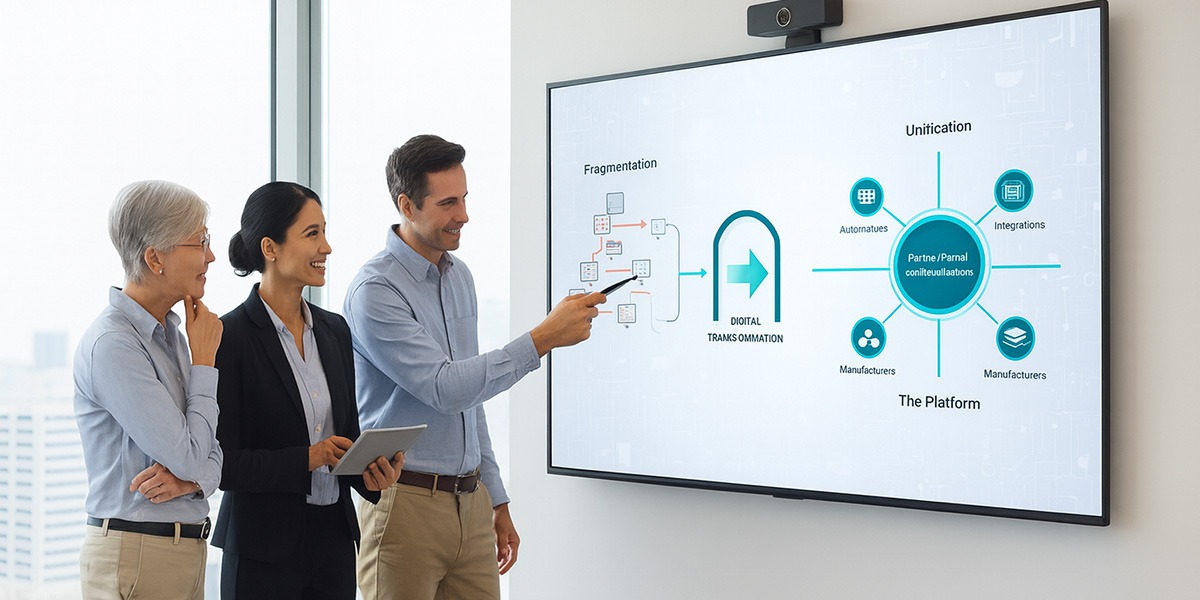
From Portals to Platforms: Reimagining Partner Experience with a Strategic Partner Portal for Manufacturers
A modern Partner portal for manufacturers is vital for growth in the Manufacturing 4.0 era. Moving from fragmented portals to a unified platform, known as PartnerOps, addresses core challenges such as poor brand consistency, limited pipeline visibility, and inefficient partner enablement and incentives. This shift drives agility and consolidates infrastructure, acting as the RevOps engine for the channel.
Key Takeaways
- Platform Necessity: Manufacturers require more than a simple document repository; they need a sophisticated Partner portal that serves as a strategic growth platform.
- Problem-Solving: A unified platform solves brand inconsistency, pipeline opacity, slow partner onboarding, and complex incentive management that plague fragmented channel networks.
- Brand Control: Centralized Through-Partner Marketing Automation (TPMA) ensures brand consistency and allows partners to execute professional digital campaigns.
- Visibility & Revenue: Integrated lead and deal registration breaks the "black box" of partner pipelines, providing real-time forecasting and reducing channel conflict.
- Efficiency: Consolidating functions such as LMS, asset management, and MDF onto a single platform reduces the Total Cost of Ownership (TCO) and creates a seamless user experience.
The manufacturing world is undergoing significant changes. We are seeing a major shift. This is due to advancements in technologies such as the Internet of Things (IoT), Artificial Intelligence (AI), and enhanced automation. People often refer to this as "Manufacturing 4.0." This shift is not just changing factories. It is also completely reshaping the whole business chain.
Global manufacturers rely on complex groups of partners. These include distributors, dealers, Value-Added Resellers (VARs), and system integrators. This new era presents significant opportunities and challenges for these companies. The traditional approach to managing these essential partnerships is no longer sufficient. This approach was often broken up and confusing. To succeed, industry leaders need more than a simple place to store documents. They need a smart Partner portal for manufacturers that acts as a fundamental strategic tool for growth.
For many years, managing these channel partners was done using many separate systems. They used spreadsheets to track performance. Email was used for communication. An individual system managed Market Development Funds (MDF). There might have been a simple, unchanging web portal for marketing files. This broken system creates problems. It slows down quick actions and hides the essential data needed to compete well. As manufacturers strive for a larger market share and manage complex supply chains, the limitations of this traditional method become increasingly apparent. Poor visibility, a lack of brand control, and low efficiency significantly hinder revenue growth and new ideas.
This article examines the primary issues resulting from a flawed approach to channel management. We will explore the most significant challenges—these range from confusing brand messages and unclear sales pipelines to slow training and complex incentive management. More importantly, we will demonstrate that a strategic shift from simple portals to unified partner management platforms is crucial. This move lays the foundation for a successful channel strategy in the era of digital transformation.
The High Cost of a Broken Channel Network in the Age of Manufacturing 4.0
In the competitive manufacturing industry, your channel partners are a vital representation of your brand. They are your extended sales team. They are the local experts. They are your first point of contact for customer service. Still, many companies unknowingly hurt these essential allies. They accomplish this with outdated tools and inefficient processes. The total cost of this broken connection is huge. It results in lost revenue, a damaged brand image, internal conflict, and unhappy partners. A broken network is simply not efficient. When partner-facing tasks are manual and isolated, administrative costs increase significantly for both the manufacturer and the partner. Partners spend too much time navigating systems and searching for data, rather than selling products. This difficulty causes frustration and less effort from the partners. Top partners may switch to competitors who offer a smoother and more supportive experience. When there is no single, reliable source for information, making data-based decisions is impossible. Channel leaders must rely on stories and outdated reports. This is a high-risk situation in an industry that now relies heavily on data and speed.
Challenge 1: Struggling with Brand Consistency and Marketing Speed
- The Problem: A Global Network with a Confused Brand Voice
- A significant challenge for a global manufacturer is maintaining a consistent brand message. This must be done across hundreds or thousands of independent partners.
-
- Each partner has its own marketing goals, skill levels, and understanding of your brand rules.
-
- Without a central system, this leads to confusion.
- Outdated Assets: Partners utilize outdated logos, product sheets, and advertisements. This confuses the market.
- Off-Brand Messaging: Partners may create their own marketing that misrepresents features. This can also stray from the leading brand voice.
- Poor Digital Presence: Many partners lack the skills or money for advanced digital marketing. This results in a weak online presence. It fails to capture local customer demand.
- Lack of Personalization: Generic marketing materials fail to connect with local market needs. This limits their effectiveness.
-
- A damaged brand image weakens your marketing efforts. It hurts the premium brand identity you built.
-
- It creates a confusing experience for the customer. They may receive different information depending on the dealer they speak with.
- The Solution: Centralized Marketing and Asset Management
-
- A modern Partner portal for manufacturers is much more than a file storage location.
- It becomes a strong Through-Partner Marketing Automation (TPMA) tool.
- These unified platforms fix the brand consistency problem. They provide a single, central location for all marketing activities.
- Centralized Asset Libraries: Manufacturers can store all approved, current marketing files in one place.
- Advanced systems allow for easy searching and version control. This ensures partners always find the right assets.
- Automated Co-Branding: Partners can use automated tools. They can add their own logo and contact info to materials like brochures. They do this without breaking corporate brand rules.
- This empowers partners while keeping brand control.
- Turnkey Campaign Execution: Manufacturers can create and launch complex digital campaigns. These campaigns can include email, social media, and syndicated content. Partners can run them with a few clicks.
- This lets partners with limited marketing resources run professional campaigns. These campaigns drive local leads.
- Performance Analytics: Running campaigns through the platform gives manufacturers clear insight into what works.
- They can track email open rates and lead generation from partner marketing. This enables continuous improvement and more effective use of marketing resources.
- By centralizing these functions, manufacturers enable their partners to become more effective marketers. They also ensure the brand stays strong and consistent.
Challenge 2: The 'Black Box' of Partner Pipelines and Performance
- The Problem: Blind Forecasting and Reactive Management
- For many channel leaders, the partner sales pipeline is a "black box".
- Information is stuck in partners' separate CRM systems, spreadsheets, or emails.
- This lack of central visibility creates major business problems.
- Inaccurate Forecasting: Sales forecasts are often based on mere guesses, lacking real-time data on partner-led opportunities.
- This affects production plans, inventory, and overall financial reports.
- Hidden Channel Conflict: Without a formal system to track deals, multiple partners may pursue the same opportunity without being aware of it. This causes disputes and damaged relationships.
- Reactive Partner Management: Channel account managers (CAMs) often only find out a partner is struggling when it’s too late.
- They lack the data to see performance drops or skill gaps early. They cannot step in with needed support.
- Ineffective Lead Distribution: Sending leads manually by email is slow and inefficient.
- Leads often go to the wrong partner or are not followed up on quickly. This leads to lost revenue.
- This lack of transparency stops the creation of a truly strategic, data-driven revenue operations culture.
- You can't manage what you can't measure. A broken system makes measurement almost impossible.
- The Solution: Unified Visibility with Integrated Lead and Deal Management
- A unified partner management platform opens the black box. It creates a shared, clear environment for all sales activities.
- It becomes the single source of truth for the entire channel pipeline. This is true from the first lead to the final sale.
- Automated Lead Distribution: Leads from corporate marketing can be sent automatically to the best partner. This is based on factors such as location or expertise.
- This ensures fast follow-up and increases successful conversions.
- Formalized Deal Registration: A robust deal registration tool enables partners to claim the opportunities they create. This protects them.
- This gives partners the confidence to invest time in deals. It dramatically reduces channel conflict and builds trust.
- For the manufacturer, it gives vital early pipeline visibility. A strategic Partner portal for manufacturers is essential for this visibility.
- 360-Degree Performance Dashboards: Both CAMs and partners can view real-time performance data.
- This includes tracking leads, deal value, closing ratios, and sales against goals.
- This data enables CAMs to have more strategic, coaching-focused conversations with partners.
- Integrated CRM Functionality: Many modern platforms offer simple CRM tools within their portals.
- This is especially useful for smaller partners without their own systems. It ensures all deal data is captured in the manufacturer's system.
- This level of visibility changes partner management. It moves from a reactive, relationship-based approach to a proactive, performance-driven one.
Challenge 3: Inefficient Partner Onboarding and Enablement
- The Problem: Slow Revenue Generation and Constant Skill Gaps
- How fast and well you onboard partners directly affects your profit.
- A slow, manual, and inconsistent onboarding process means new dealers take longer to become productive. This delays revenue.
- The problem continues. Ongoing training is vital in manufacturing. Products are constantly changing and getting more complex.
- Manual Onboarding Overload: New partners are often flooded with emails. These contain contracts, training, and marketing files.
- This manual process leads to errors and is hard to track. It overwhelms the partner.
- Lack of Just-in-Time Learning: A sales rep with a customer needs instant information. They do not have time to search a clunky portal.
- They need immediate access to sales guides and technical specifications.
- Poor enablement means the channel is not ready to sell products effectively. They cannot compete with rivals. They cannot meet the sophisticated demands of today's buyers.
- The Solution: Automated Onboarding and Continuous Learning
- A modern Partner portal for manufacturers includes a strong Learning Management System (LMS). This automates and customizes the entire partner journey. This goes from recruitment to ongoing education.
- Automated Onboarding Workflows: Structured, role-based paths guide new partners through every step. This includes contracts, business planning, and training.
- Progress is tracked automatically. This ensures no steps are missed.
- Personalized Learning Paths: Training is tailored to a partner's role or product focus.
- Content is delivered in engaging ways. These include videos, interactive modules, and webinars.
- Integrated Certification Tracking: The platform manages the whole certification process. This includes course completion and exam administration.
- This provides a clear, real-time view of the skills across the entire partner ecosystem.
- Sales Enablement at the Fingertips: Sales and technical content is organized into an easily searchable library.
- By linking this content with deal registration and pipeline tools, the platform can suggest relevant assets. This is based on the specific opportunity a partner is working on.
- This approach significantly speeds up a new partner's time-to-revenue. It encourages constant improvement. It ensures your channel is always ready.
Challenge 4: The Complexity of Channel Incentives and MDF ROI
- The Problem: Wasted Budgets and Unmeasurable Marketing Spend
- Market Development Funds (MDF) and co-op marketing programs are powerful tools. They help drive local demand. However, they are hard to manage well.
- When managed via spreadsheets and email, the process is confusing and inefficient. It is also prone to misuse.
- Lack of Strategic Alignment: MDF is often spread thinly rather than being directed. It should be allocated to the partners and activities that will yield the highest return.
- Cumbersome Claims Process: A manual claims and reimbursement process is frustrating for partners. It is also hard work for the manufacturer.
- This leads to delays. It causes partners not to use available funds fully.
- No ROI Visibility: The biggest challenge is linking MDF spending to actual results.
- Without an integrated system, it is nearly impossible to determine whether money spent on a partner's local event resulted in any qualified leads or closed deals.
- Ineffective Sales Incentives: Managing sales performance incentive funds (SPIFs) and rebate programs is also complex. It requires a lot of administrative effort to track and process payments.
- This lack of control results in large budgets for marketing and incentives being spent. Yet, there is little understanding of their actual impact on revenue.
- The Solution: Streamlined Financial Management and Performance Tracking
- Unified partner management platforms bring structure and clarity to all channel financial programs. They do this by directly integrating them with marketing and sales performance data.
- Automated MDF Management: The platform can automate the entire MDF process.
- Partners submit marketing plans and fund requests through the Partner portal for manufacturers.
- These requests are routed for approval according to established rules.
- After the activity, partners submit claims with proof. The system handles reimbursement.
- Closed-Loop ROI Tracking: The real power is connecting MDF to results.
- When a partner uses MDF for a campaign, the leads are captured in the platform's lead management.
- The system then tracks those leads through the sales cycle. This provides a clear link from marketing dollars spent to pipeline and revenue.
- Flexible Incentive Program Management: Easily create, manage, and track many incentive programs. This includes SPIFs for specific products or volume-based rebates.
- The platform automatically calculates earnings from sales data. This simplifies administration and ensures timely payouts.
- By integrating financial management with sales and marketing automation, manufacturers can finally make their channel incentive programs a measurable, strategic driver of growth. A modern Partner portal for manufacturers is the centerpiece of this transformation.
The Strategic Leap: From Fragmented Portals to a Unified PartnerOps Platform
The modernization of channel management is about more than just new tools. It represents a fundamental shift in strategy. It means moving away from a collection of separate systems. It means embracing one complete platform. This platform acts as the central control for your entire partner ecosystem. This is the core idea of a mature PartnerOps model.Embracing Infrastructure Consolidation for Greater Agility
One of the primary business benefits of a unified platform is infrastructure consolidation. Maintaining many separate vendor solutions is expensive and complex. These solutions might be for your LMS, asset management, lead management, and MDF. It requires managing multiple vendors. It requires costly integrations that often break. It results in a confusing user experience for partners. By bringing these functions onto a single, purpose-built platform, manufacturers can achieve several benefits.
- Reduce Total Cost of Ownership (TCO): You eliminate unnecessary software licenses. You reduce the IT resources needed for maintenance.
- Create a Seamless User Experience: Partners gain access to everything through a single login. This includes training, marketing, sales tools, and incentives.
- This increases partner engagement. It makes doing business with you easier. A powerful Partner portal for manufacturers provides this single access point.
- Gain a Single Source of Truth: All partner-related data is in one place. You can generate complete analytics and insights. This is impossible with isolated systems.
Aligning Channel Strategy with Revenue Operations
Moving to a unified platform fits perfectly with the larger trend of revenue operations (RevOps). RevOps is a business function. Its goal is to maximize revenue. It does this by aligning sales, marketing, and customer service operations. A unified partner platform is essentially the RevOps engine for your channel.
It breaks down the old barriers between channel marketing, sales, and operations. It ensures all teams use the same data. They also work toward the same goals. This big-picture view enables you to see how marketing impacts the sales pipeline. It shows how training impacts sales performance. It reveals how incentives drive desired behaviors. This allows you to optimize the entire partner journey for maximum revenue impact. Having a high-quality Partner portal for manufacturers is critical to this RevOps alignment.
Conclusion: Building a Future-Proof Partner Ecosystem for Modern Manufacturing
The era of Manufacturing 4.0 requires a channel strategy. It must be as advanced and connected as the products being sold. Relying on a mix of old systems is no longer a good choice. The difficulties and lack of visibility from a disconnected approach directly limit growth. They put you at a competitive disadvantage.
The future belongs to manufacturers who empower partners. They do this through a unified, data-driven experience. By strategically investing in a comprehensive Partner portal for manufacturers that evolves into a fully operational platform, you can address key challenges. These include brand control, pipeline visibility, partner enablement, and incentive management. This strategic digital transformation does more than just fix operational problems. It builds a more engaged, loyal, and productive partner network. This network is the ultimate engine for sustainable growth in a complex global market.
Are you ready to transform your channel? You can move from fragmented portals to a unified platform for growth. A unified partner management platform can revolutionize your manufacturing channel strategy. You can learn more today. A powerful Partner portal for manufacturers supports this move. This next-generation Partner portal for manufacturers will be critical for your competitive edge.
Best Practices Guidebook
 Startup Talent Recruitment: Hiring Missionaries, Not Mercenaries
Startup Talent Recruitment: Hiring Missionaries, Not MercenariesDownload for FREE
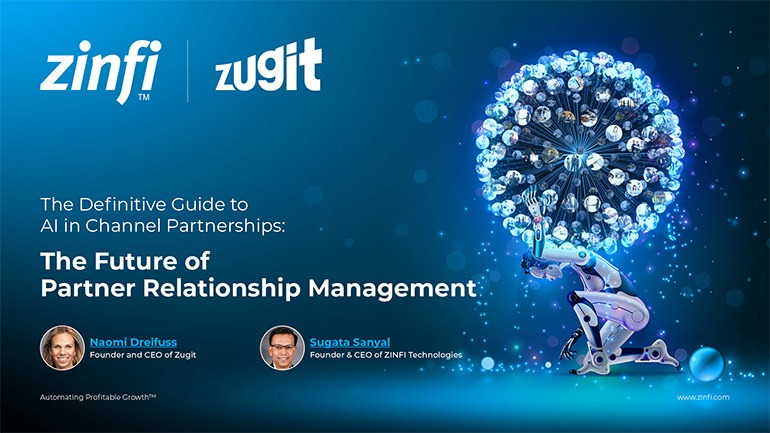 The Future of Partner Relationship Management with AI in Partnerships
The Future of Partner Relationship Management with AI in PartnershipsDownload for FREE
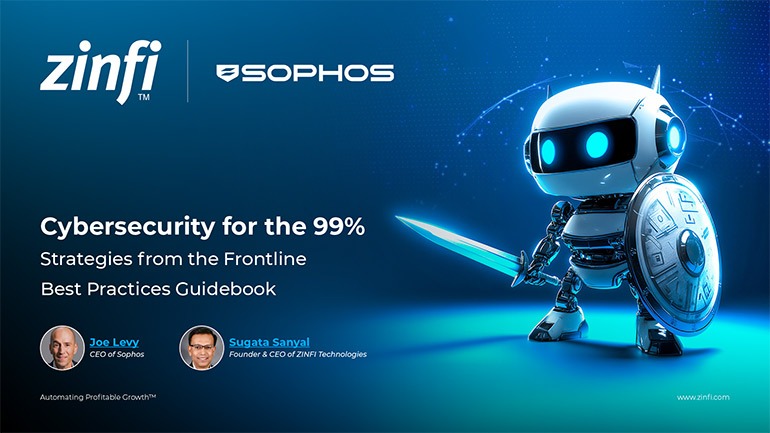 Cybersecurity for the 99%: Strategies from the Frontline
Cybersecurity for the 99%: Strategies from the FrontlineDownload for FREE
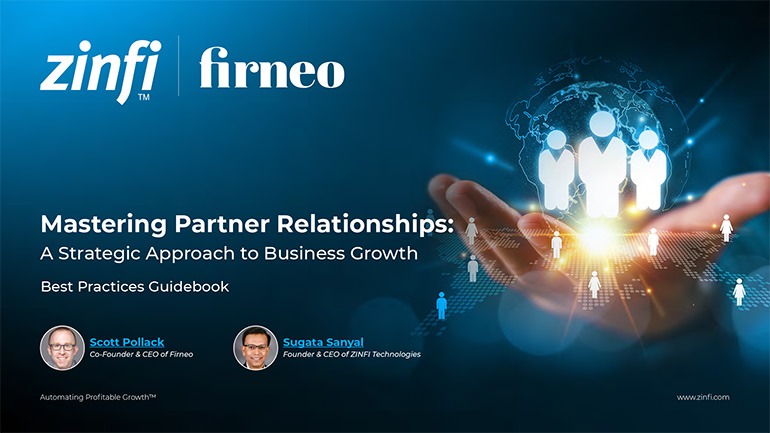 Mastering Partner Relationships: A Strategic Approach to Business Growth
Mastering Partner Relationships: A Strategic Approach to Business GrowthDownload for FREE
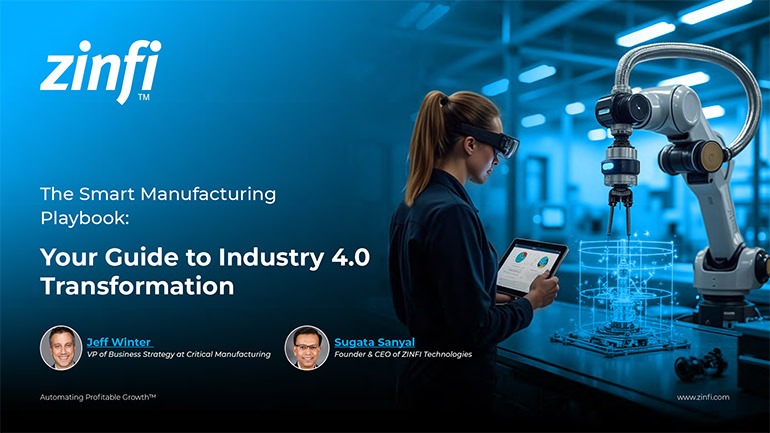 The Smart Manufacturing Playbook: Industry 4.0 Transformation
The Smart Manufacturing Playbook: Industry 4.0 TransformationDownload for FREE
 Mastering Partner Relationship Management: Keys to SaaS Channel Success
Mastering Partner Relationship Management: Keys to SaaS Channel SuccessDownload for FREE
 Navigating the AI Revolution: Guide for Partners in the Microsoft Ecosystem
Navigating the AI Revolution: Guide for Partners in the Microsoft EcosystemDownload for FREE
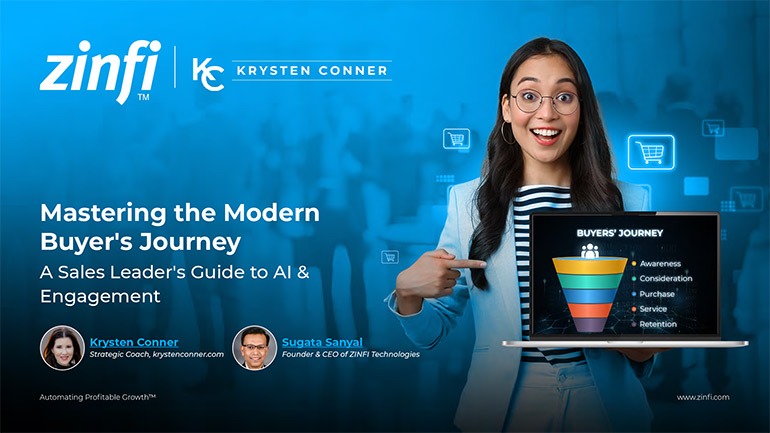 Mastering the Modern Buyers Journey: Sales Leader’s Guide to AI & Engagement
Mastering the Modern Buyers Journey: Sales Leader’s Guide to AI & EngagementDownload for FREE
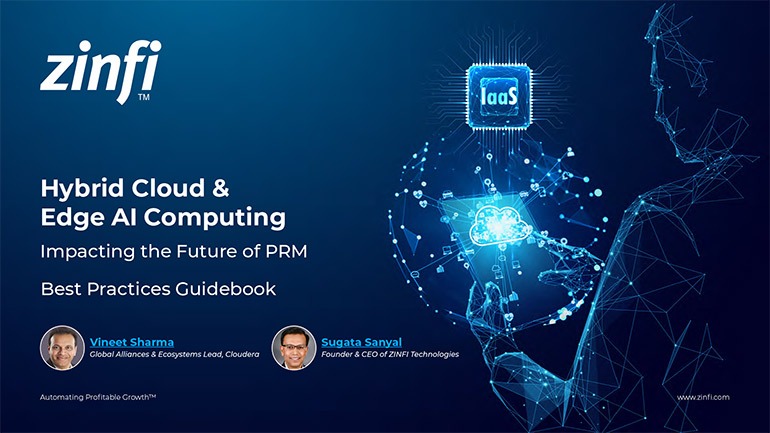 Hybrid Cloud and Edge AI Computing Impacting the Future of PRM
Hybrid Cloud and Edge AI Computing Impacting the Future of PRMDownload for FREE
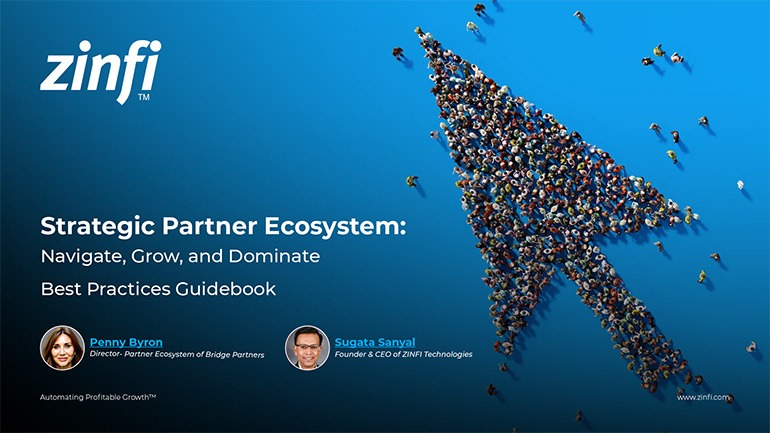 Strategic Partner Ecosystem: Navigate, Grow, and Dominate
Strategic Partner Ecosystem: Navigate, Grow, and DominateDownload for FREE
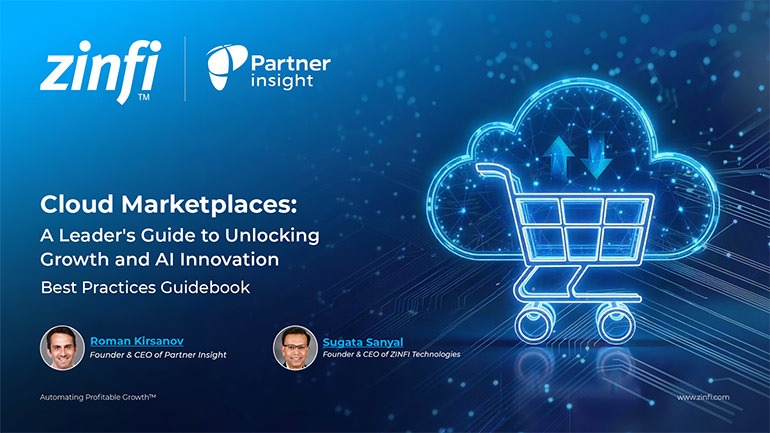 Cloud Marketplaces: Leader’s Guide to Unlocking Growth and AI Innovation
Cloud Marketplaces: Leader’s Guide to Unlocking Growth and AI InnovationDownload for FREE
 Getting More From Partner Performance: Guide to Measuring What Matters
Getting More From Partner Performance: Guide to Measuring What MattersDownload for FREE
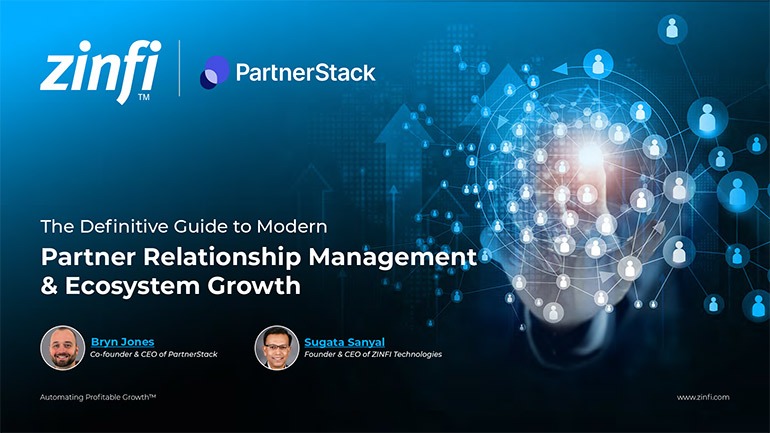 Guide to Modern Partner Relationship Management & Ecosystem Growth
Guide to Modern Partner Relationship Management & Ecosystem GrowthDownload for FREE
 Debunking the Entrepreneurship Myth Best Practices
Debunking the Entrepreneurship Myth Best PracticesDownload for FREE
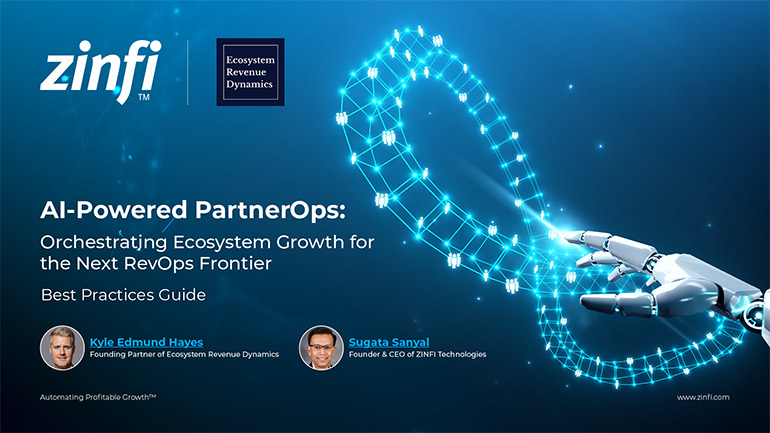 AI-Powered PartnerOps: The Next RevOps Frontier Best Practices
AI-Powered PartnerOps: The Next RevOps Frontier Best PracticesDownload for FREE
 Humanizing Brands: Guide to Strategic Partnering Best Practices
Humanizing Brands: Guide to Strategic Partnering Best PracticesDownload for FREE
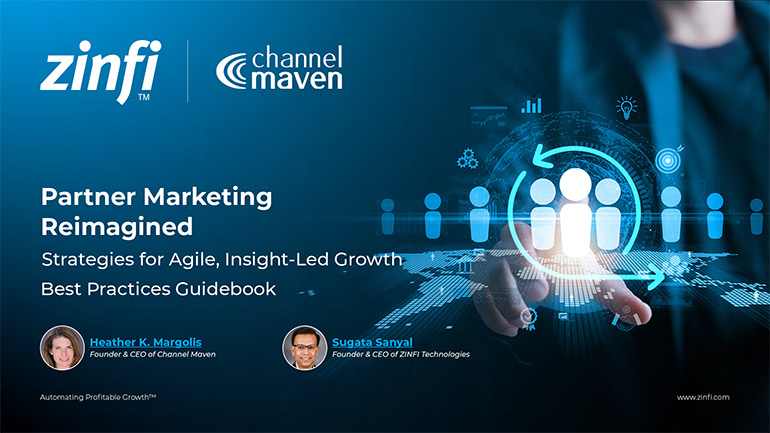 The AI-Powered Partner Ecosystem Best Practices
The AI-Powered Partner Ecosystem Best PracticesDownload for FREE








